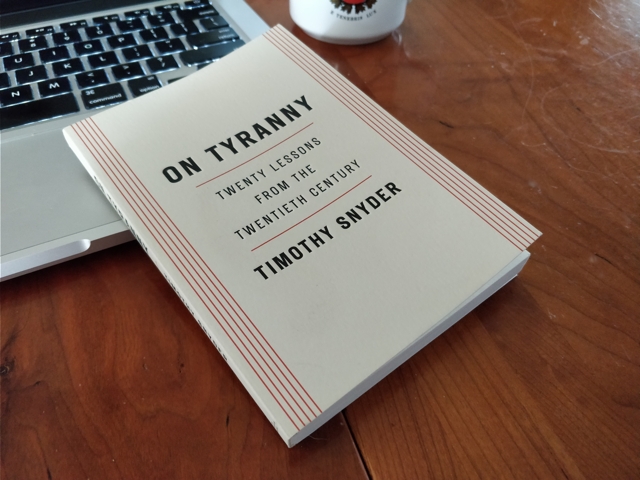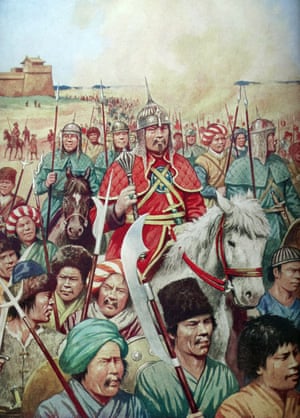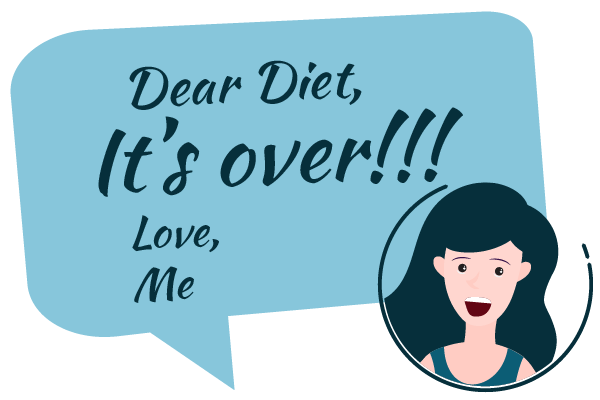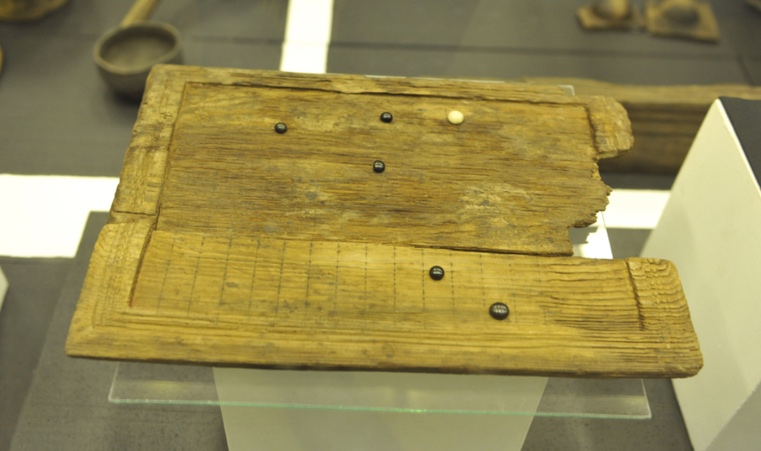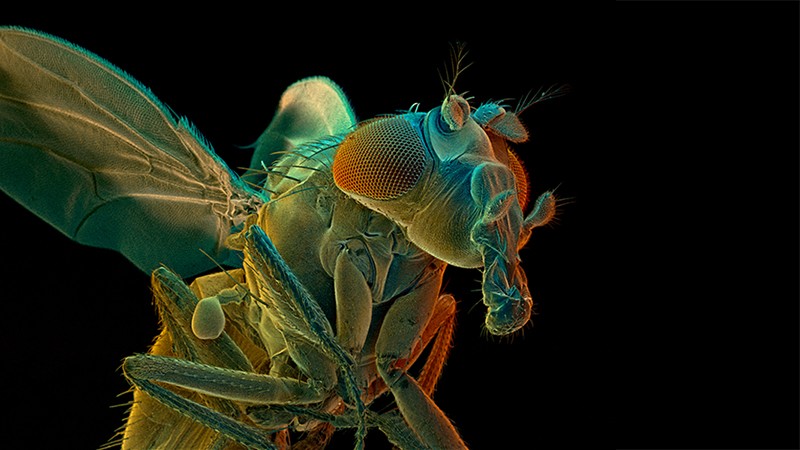Cloacae, sex arms and penis bones: the tricky art of fossil sexing
via
the Guardian by Elsa Panciroli
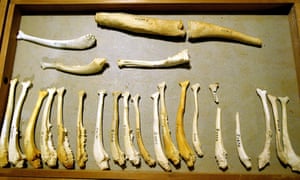 Penis bones: bacula from various mammals. From collection by Ray Bandar. Photograph: KPA/Zuma/REX/Shutterstock
Penis bones: bacula from various mammals. From collection by Ray Bandar. Photograph: KPA/Zuma/REX/Shutterstock
“It was a slit, like this,” Vinther held his cupped hands side by side and opened and closed them, like a puppet’s mouth. “That’s it. That’s what a dinosaur cloaca looked like.”
For those who don’t habituate the often explicit world of natural scientists, let me explain. A cloaca is the opening through which most vertebrate animals excrete their waste and have sex. It is an all-purpose exit and entry-point. Jakob Vinther from the University of Bristol, and his colleagues, are currently describing the only known dinosaur cloaca. It belongs to a spectacular Psittacosaurus specimen that preserves details of skin texture and even colouration. Their upcoming research will be the first ever scientific description of actual dino-privates.
Continue reading
==============================
10 of the Best Poems about Fire
via Interesting Literature
Are these the greatest fire poems?
Fire, one of the four Aristotelian elements, is a useful symbol for poets: it can denote passion, purification, anger, destruction, and, of course, literal blazes and conflagrations. Here are ten of the finest poems about fire.
Continue reading
==============================
All Good Magazines Go to Heaven
via Arts & Letters Daily: David Shaftel in
The New York Times
 The Hyman Archive in London, the world’s largest private magazine collection according to Guinness, contains more than 120,000 titles. Its founder, James Hyman, began collecting magazines as a teenager.CreditCreditLauren Fleishman for The New York Times
The Hyman Archive in London, the world’s largest private magazine collection according to Guinness, contains more than 120,000 titles. Its founder, James Hyman, began collecting magazines as a teenager.CreditCreditLauren Fleishman for The New York Times
LONDON — When James Hyman was a scriptwriter at MTV Europe, in the 1990s, before the rise of the internet, there was a practical — as well as compulsive — reason he amassed an enormous collection of magazines. “If you’re interviewing David Bowie, you don’t want to be like, ‘O.K., mate, what’s your favorite color?’,” he said. “You want to go through all the magazines and be able to say, ‘Talk about when you did the Nazi salute at Paddington Station in 1976.’ You want to be like a lawyer when he preps his case.”
Whenever possible, Mr. Hyman tried to keep two copies of each magazine he acquired. One pristine copy was for his nascent magazine collection and another was for general circulation among his colleagues, marked with his name to ensure it found its way back to him. The magazines he used to research features on musicians and bands formed the early core of what became the Hyman Archive, which now contains approximately 160,000 magazines, most of which are not digitally archived or anywhere on the internet.
Continue reading
==============================
Ursula K. Le Guin and the power of science fiction
via the
New Statesman by Sanjana Varghese
Texts where dragons, magic and extraterrestrial life are used to explore issues of morality and the value of life aren’t an easy sell.
In one of Ursula Le Guin’s most popular short stories, “The Ones Who Walk away from Omelas”, she describes a city overflowing with joy, where citizens spend their lives without a care in the world. The catch, of course, is the cost. Their continued happiness depends on the solitary imprisonment of one child. “The door is locked, and nobody will come.”
Continue reading
==============================
A Childhood of Laughter and Forgetting
via 3 Quarks Daily: Jana Prikryl at
n+1
One day in Czechoslovakia, not long after I was born, during the gray decade that was the ’70s, my 6-year-old brother came home from school and shared what he’d learned: “Lenin was a kind person. He liked children.” Those words have acquired the force of a proverb in our family: we assure each other that Lenin liked children whenever one of us lets fly with a statement that seems dangerously optimistic. The following may fall into that category: Czechoslovakia before 1989, when the Communist regime fell, was not a bad place to be a child. For my parents, who spent a large part of their adulthoods in the country, it wasn’t all free health care and underground rock ‘n’ roll. As everyone knows by now, most people had to keep their opinions to themselves, do without traveling abroad, wait in line for bananas, accept overt and subtle limitations in their lives. As soon as kids started going to school, they too slipped under the arm of the state—witness my brother’s first-grade indoctrination. In general, though, a political system that thwarted the better instincts and ambitions of adults seems, perversely, to have been mostly congenial and comfortable for children.
Continue reading
==============================
Writing the first draft of history in the Middle Ages
via the OUP blog by Michael Staunton
 Map of Britain by Matthew Paris, circa 1250. Public domain via Wikimedia Commons
Map of Britain by Matthew Paris, circa 1250. Public domain via Wikimedia Commons
There are times when history seems to be moving at an unusual speed, when one piece of remarkable news can hardly be apprehended before it is overtaken by another even more extraordinary. Such was the case at the end of the twelfth century and the start of the thirteenth when England was ruled by the Angevin dynasty—the era of Henry II and Thomas Becket, Richard the Lionheart and Eleanor of Aquitaine, of rebellions at home and crusade abroad. That we are able to appreciate this as a time of major incident and development is due not only to the events themselves, but to the fact that it coincided with a burst of creativity in historical writing; in writing the first draft of history chroniclers preserved a monument to those times, but also a record of how learned, curious, and politically engaged people at the time saw the world, and tried to understand the changes that were happening around them.
Continue reading
==============================
What Is the Physiological Basis of the Healing Touch?
via Big Think by Pavel Goldstein
Around 100 million adults in the United States are affected by chronic pain – pain that lasts for months or years on end. It is one of the country’s most underestimated health problems. The annual cost of managing pain is greater than that of heart disease, cancer and diabetes, and the cost to the economy through decreased productivity reaches hundreds of billions of dollars. Chronic pain’s unremitting presence can lead to a variety of mental-health issues, depression above all, which often intensifies pain. And our most common weapon against pain – prescription painkillers – generates its own pain, as the ongoing opioid crisis attests. But must we rely on pharmacology to stave off pain? Perhaps there is a more natural nostrum – partial and insufficient, but helpful nonetheless – closer to hand.
Continue reading
==============================
The history of the Internet's first viral video
via Boing Boing by Clive Thompson
Wired has done a fun job of documenting the history of “badday.mpg" -- which became a passaround hit in 1997, making it probably the first viral video of the Internet.
Mind you, as the author Joe Veix notes, they didn't call it a "viral video" back then, because the very concept of "virality", as applied to culture, wasn't yet mainstream. Given how slow most people's Internet connections were back then – and, frankly, what a small percentage of the population was online – and given that there weren't any big social-networking tools, it's amazing the 5-meg video spread so wide.
Continue reading and watch that video
==============================
May Sinclair’s Modernist Masterpiece: The Life and Death of Harriett Frean
via Interesting LIterature
In this week’s
Dispatches from the Secret Library, Dr Oliver Tearle bangs the drum for an undervalued modernist novel
1922 was the a
nnus mirabilis and high point of modernist literature. James Joyce’s
Ulysses, T. S. Eliot’s
The Waste Land, Katherine Mansfield’s
The Garden Party and Other Stories, and Virginia Woolf’s
Jacob’s Room were all published. On 18 May 1922, Joyce and Marcel Proust, two titans of the modernist novel in their respective languages, met at a disastrous dinner in Paris; the two writers spent the meal discussing their ailments, before eventually admitting that they hadn’t read each other’s work. Also present at this historic dinner party were Picasso and Stravinsky. 1922 was the point where a number of modernisms appeared to converge and collectively reach their zenith.
Continue reading
==============================
Wright State student develops emoji software
via ResearchBuzz Firehose: Jim Hannah - for
The Sidney Daily News
There is a smiley face and a frowny face. There are clapping hands, thumbs up and thumbs down. There are hearts and kissy lips. They are emojis – those wildly popular images that have become a language of their own among smartphone users.
And there are a lot of emojis – 2,766 to be exact. Wright State University researchers have created a new database that more precisely defines the meaning of each emoji and promises to improve communication between those who send and receive them. And the database is now being used by the largest group of computer scientists on the planet.
“Kno.e.sis is getting the attention of researchers in the computer science field and leaders in the computer science industry, such as Google and Microsoft, who are working on building algorithms that can understand and interpret emoji meanings,” said Amit Sheth, who oversees the research effort as LexisNexis Ohio Eminent Scholar and executive director of Wright State’s Ohio Center of Excellence in Knowledge-Enabled Computing, or Kno.e.sis.
Continue reading













